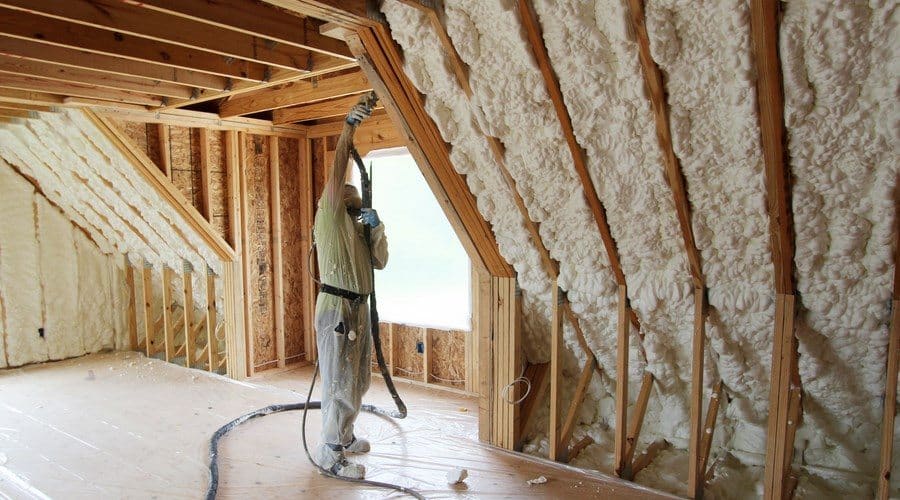Draft Dodgers Part Two: Tips For Warming Your Home
In Part one of this two-part post we looked at alternative ways of heating your house – including space heaters and woodstoves – and also looked at a couple of ways to keep your home warm once it’s nice and toasty – including draft stoppers and thick curtains. In this post we’ll also take a look at insulation and examine a few other methods of maintaining warmth in your home through these last, nasty winter months. It’s important to get your appliances fixed right away in winter when you are so reliant on them and additionally, to have a solid backup plan in case your furnace decides to break all of a sudden!
An important thing to remember is that there are so many different combinations of ways to heat your house and maintain that heat without running up your electricity bill. While a woodstove requires you to stock wood in your home, it can add an extra layer of comforting heat through the evening, petering out at bedtime (when you stop feeding it), at which point you’ll probably want the house to cool down a bit anyway for optimal sleeping temperature.
Another important issue to explore is that of insulation – as an appliance repair company in Toronto and the GTA, we’ve worked in a lot of very old houses that are not at well insulated. This is a state of affairs that some home owners have never even looked into or considered seriously, even though it is costing them hundreds of dollars every year! There are some truly beautiful historic houses in Toronto, but many of them haven’t been updated since they were built. Thus, when we work on a furnace, oven or boiler in a house with poor insulation, we like to gently point this out to the homeowner to get them thinking about the bigger picture: it’s not just about getting your house warm, it’s also about maintaining that warmth, which requires good insulation.
Insulation
The basic premise of insulation is very easy to understand – it is essentially a layer in your walls that is meant to keep out outside air, while trapping pockets of conditioned air in your home. In the wintertime, it acts like a big wool sweater, keeping in the warmth; in the summer it is like the outer layer of an igloo, sealing in the cool.
Fiberglass Vs. Foam
When most of us think of insulation, we conjure an image of that pink stuffing that is typically jammed between walls. This is fiberglass insulation and typically it needs to be installed by professionals. Foam and spray foam insulation has also become incredibly popular over the last few years – spray foam has the highest R-value (resistance to air movement) attainable and comes in DIY kits that you can apply yourself (although professional help is suggested). The nice thing about foam insulation is that it is resistant to mold growth and will generally stay fresh and effective for a long period of time.
We are here to help this winter, if you have an appliance emergency, call us up without hesitation. We hope this post will motivate you to get a little more involved with heating your home efficiently so that you can save up a bit of money to spend on beer when patio season finally arrives!
